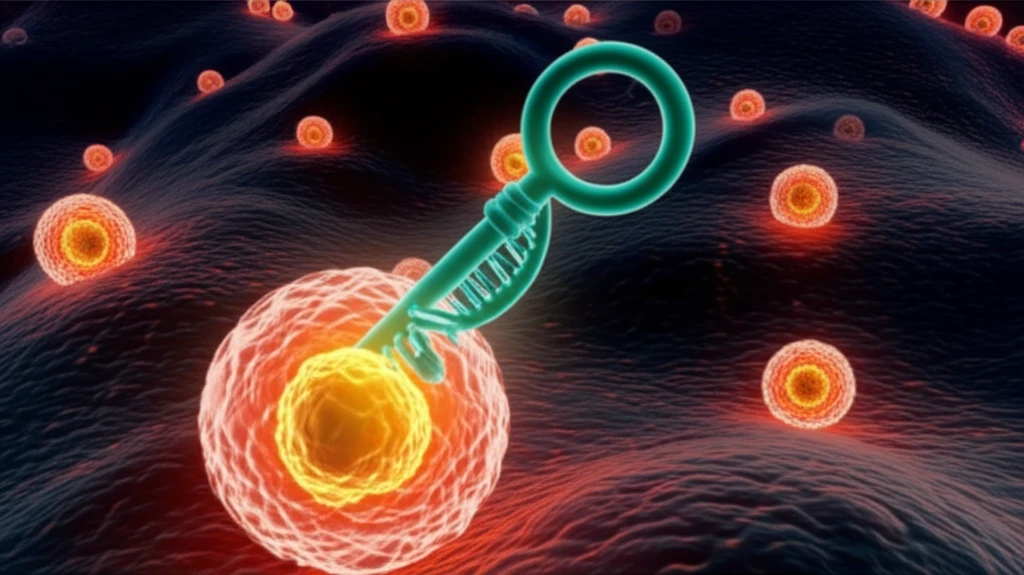
Stathmin1: The Unexpected Key to Unlocking Gastric Cancer Treatment
"Discover how a tiny protein and a microRNA could revolutionize how we understand and treat gastric cancer."
Gastric cancer remains one of the most prevalent and deadly forms of cancer globally, particularly impacting regions like China, Japan, and Korea. Despite advancements in medical science, the overall prognosis for gastric cancer patients remains poor, with survival rates often falling below 30%. Understanding the underlying mechanisms that drive gastric cancer development is crucial for devising more effective treatments and improving patient outcomes.
Recent research has shed light on the potential role of Stathmin1 (STMN1), a protein known for its involvement in cell growth and division, in the progression of gastric cancer. STMN1, also called oncoprotein 18, plays a critical role in mitosis by managing microtubule dynamics and is implicated in various other biological processes. Studies indicate that high levels of STMN1 expression are often associated with poor prognosis in several types of malignancies.
A groundbreaking study published in PLOS ONE explores the oncogenic role of STMN1 in gastric cancer and investigates its regulation by microRNA-223 (miR-223). The findings suggest that STMN1 could serve as both a prognostic marker and a potential therapeutic target for this deadly disease. Let's delve into the details of this research and understand its implications.
What is Stathmin1 and Why Does It Matter in Gastric Cancer?

Stathmin1 (STMN1) is a protein that regulates the stability of microtubules, which are crucial components of the cell's structural framework. In cancer cells, STMN1 is often overexpressed, leading to uncontrolled cell proliferation, invasion, and metastasis. The study by Kang et al. aimed to analyze STMN1 expression and its biological functions in gastric cancer, as well as to explore how microRNA-223 (miR-223) regulates it.
- qRT-PCR: To measure STMN1 mRNA levels.
- Western Blot: To assess STMN1 protein expression.
- Immunohistochemistry: To visualize STMN1 protein in tissue samples.
- MTT Proliferation Assays, Monolayer Colony Formation, and Cell Invasion Assays: To determine the functional effects of STMN1 using small interfering RNA (siRNA) in gastric cancer cell lines.
A Promising Future for Gastric Cancer Treatment
This research provides a compelling case for STMN1 as a potential prognostic marker and therapeutic target in gastric cancer. The discovery that miR-223 can regulate STMN1 expression opens new avenues for developing targeted therapies that could improve patient outcomes. Further studies are needed to fully elucidate the mechanisms involved and to translate these findings into clinical applications, but the future looks promising. With ongoing research and innovation, we can strive towards more effective treatments and improved survival rates for individuals affected by this devastating disease.
